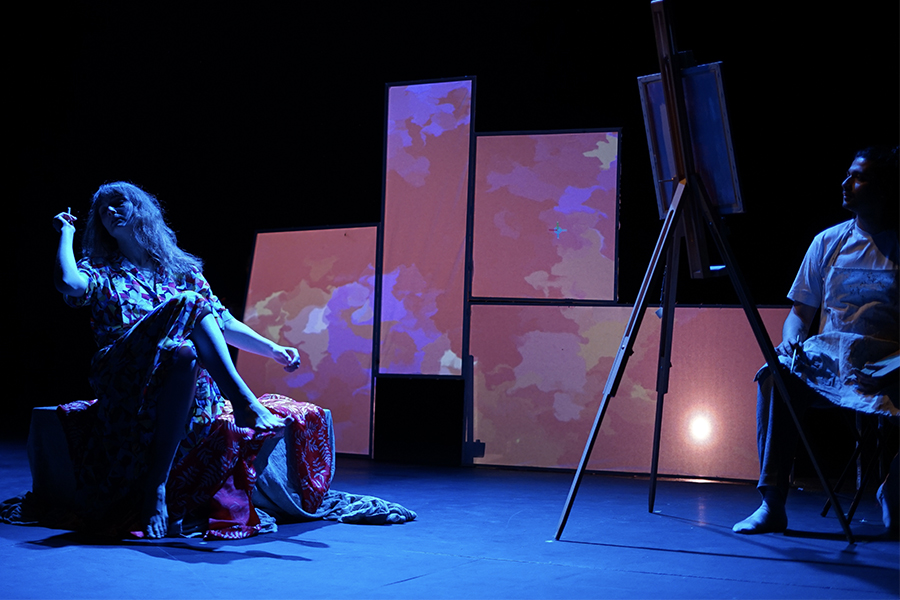Celebrating Artistic Brilliance | The Wednesday Women’s Writing Collective on the ten most underrated female artists in advance of their Edinburgh previews of ARTIST / MUSE
In the realm of art, women and femmes have made significant contributions throughout history, yet their names and works often remain obscured by the shadows of the patriarchal society we live in. We, the WWWC, are so proud to present our innovative show ARTIST / MUSE at The Omnibus Theatre to create conversations, and inspire change!
We present you with a curated list of ten remarkable artists whose contributions have often been overlooked, underrated or even overshadowed by their male counterparts. Join us as we shine a spotlight on these extraordinary women and their invaluable artistic expressions.
1. Artemisia Gentileschi (1593-1656): A Trailblazer of Baroque Power
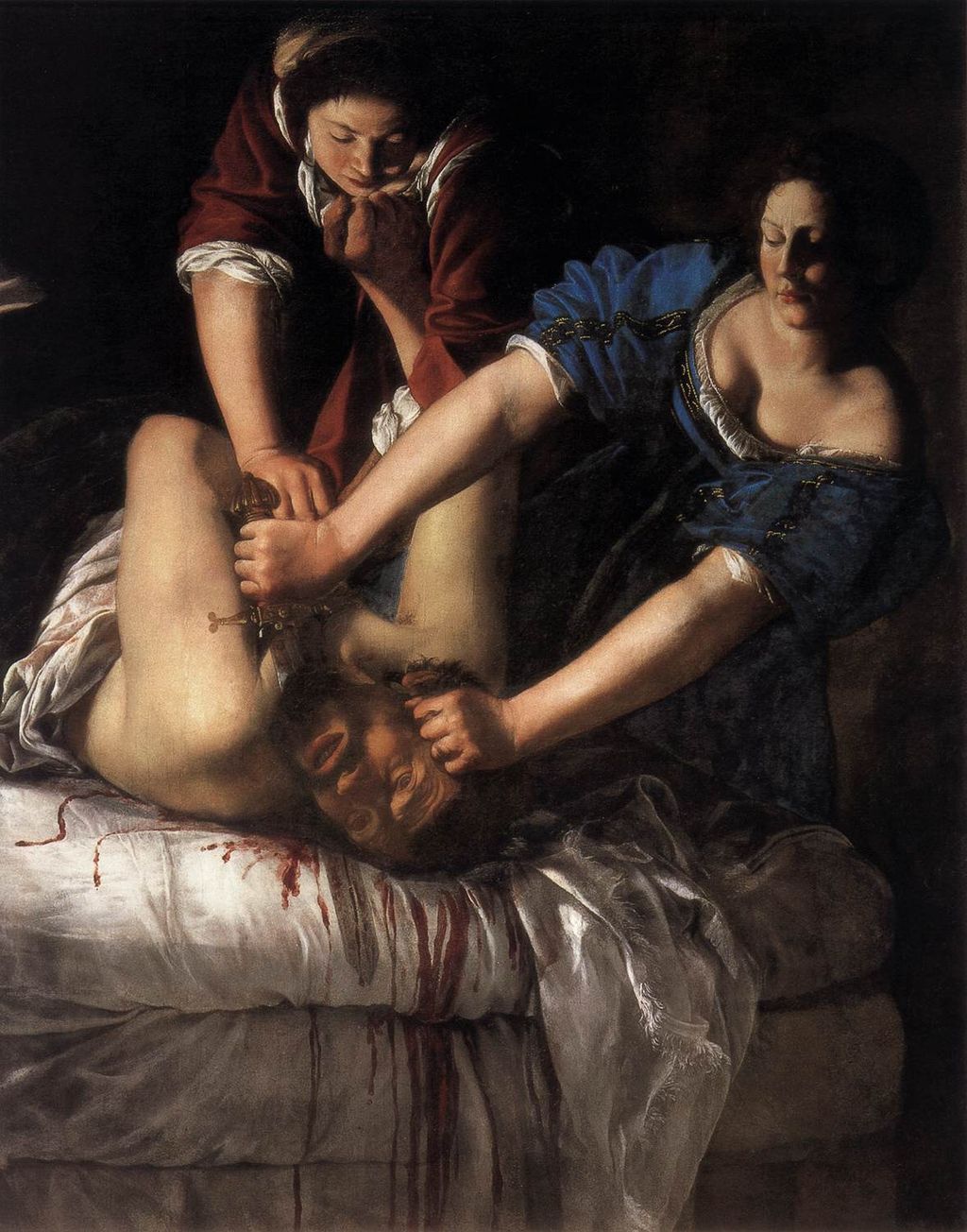
Artemisia Gentileschi was a pioneering Baroque painter known for her powerful portrayals of biblical and mythological scenes. Despite (or perhaps because of) facing adversity as a woman in the male-dominated art world of her time, Gentileschi produced a remarkable body of work that exudes strength, resilience, and a profound understanding of human emotions. Often
overshadowed by her predecessor Caravaggio, Gentileschi was the first woman ever to attend the Academy of Fine Arts, Gentileschi often depicts herself as the heroine in her work.
We can see this in her piece entitled Judith Beheading Holofernes, where the biblical Judith (who bears a striking resemblance to Gentileschi) and her maidservant Abra cut off the head of the drunken Assyrian general. Some say this could be the visual representation of Gentileschi’s wish to take revenge on her aggressor from a traumatising experience that happened at the age of 19. Her art serves as a testament to her indomitable spirit.
2. Hilma af Klint (1862-1944): Unleashing the Mystical in Abstract Art
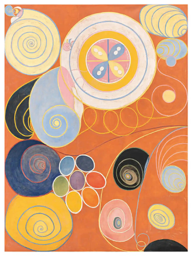
Hilma af Klint, an avant-garde artist at the turn of the century, explored spirituality and the mystical realm through her vibrant and intricate paintings. Her visionary talent paved the way for abstract expressionism long before its official emergence. With her groundbreaking work, she continues to inspire contemporary artists and challenge artistic boundaries.
In the early 20th century, Klint embarked on an extraordinary artistic journey, receiving inspiration from spiritualist beliefs and transcendental experiences. Her intricate paintings often featured geometric shapes, symbolic figures, and vibrant colours, reflecting her deep connection to the spiritual world.
Despite the revolutionary nature of her art, Klint’s work was largely unknown during her lifetime. Her earliest abstract compositions were completed years before those of Wassily Kandinsky, Kazimir Malevich, and Piet Mondrian. The193 paintings in her series The Paintings for the Temple, created between 1906 and 1915, explore a dualistic perception of creation, evolution, and the universe. Intended to be installed in a spiral temple, Klint mandated that the works not be shown until 20 years after her death. It is only recently that her work started getting more recognition.
3. Lee Krasner (1908-1984): Unleashing Energy Through Abstract Expressionism
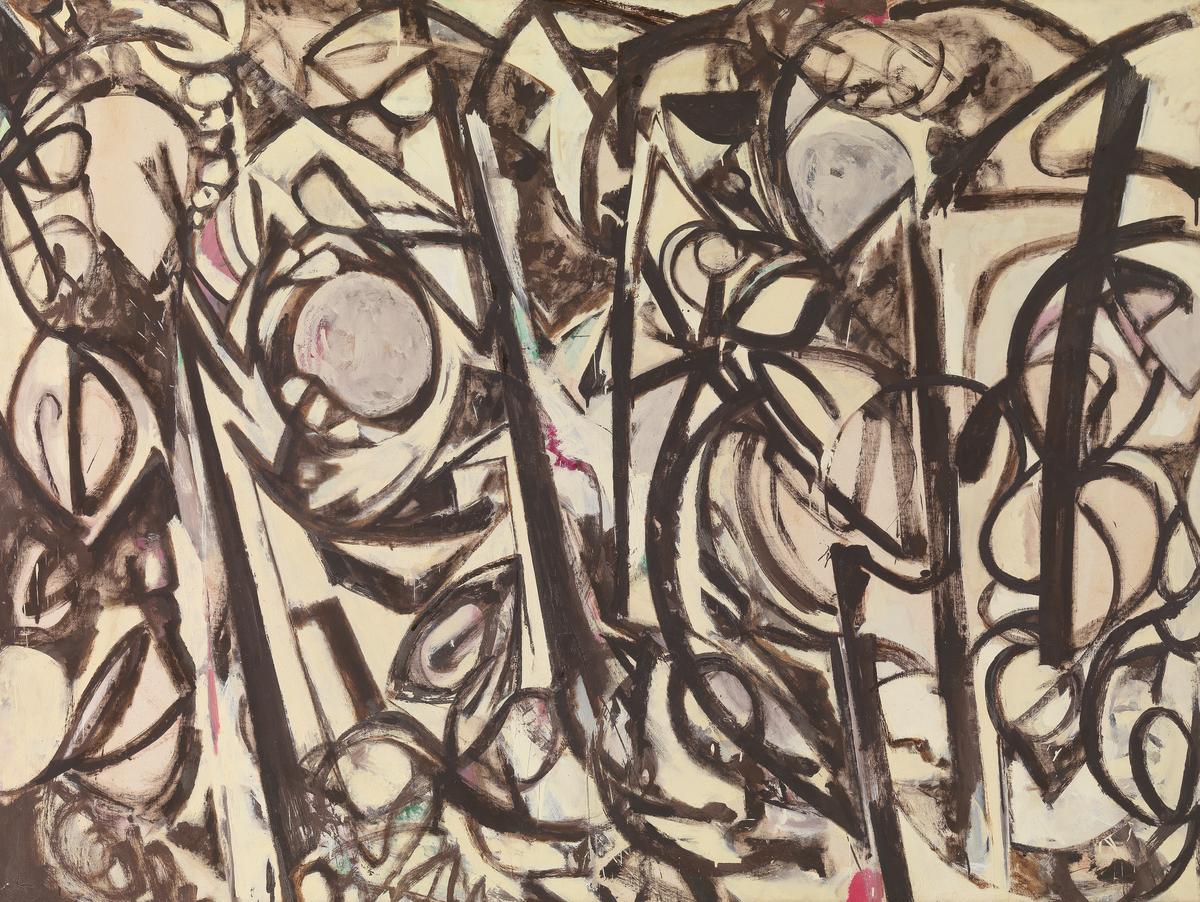
Lee Krasner, an influential figure of abstract expressionism, left an indelible mark on the art world. Although often overshadowed by her famous husband, Jackson Pollock, Krasner’s bold and energetic paintings reveal her unique artistic vision. Her technical prowess and groundbreaking approach make her a force to be reckoned with in the annals of art history.
Krasner’s work exudes vitality and dynamism, embodying the spirit of abstract expressionism, but her work was more formalised than Pollock’s in its depiction of human anatomy. Her large-scale canvases, characterised by bold brushwork and layers of vibrant colours, evoke a sense of movement and raw emotion. Krasner’s contributions to the movement were instrumental in pushing the boundaries of artistic expression.
4. Faith Ringgold (born 1930): Weaving Tales of Identity and Empowerment
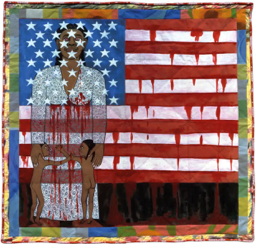
Faith Ringgold, a multifaceted artist, author, and activist, wields her artistic prowess as a tool for social commentary. Her powerful quilts, paintings, and storytelling explore themes of race, gender, and identity. Through her art, Ringgold ignites conversations, challenges societal norms, and empowers individuals to question the status quo.
Ringgold’s art is a celebration of African American culture and a poignant critique of social injustices. Her iconic quilt series, such as “The American Collection,” combines storytelling and visual art, weaving together narratives that reflect the experiences and struggles of African Americans throughout history.
As an activist, Ringgold has played a vital role in advocating for marginalised voices within the art world. Through her groundbreaking art and unwavering commitment to social .change, she continues to inspire and pave the way for future generations of artists.
5.Dorothea Tanning (1910-2012): Surrealism with a Feminine Gaze

Dorothea Tanning, a captivating American artist, fearlessly delved into the realms of surrealism and symbolism. Her paintings depict women’s fantasies, providing a refreshing perspective that challenges the dominance of male narratives in art history. Tanning’s audacious exploration of women’s desires adds a rich layer to the artistic canon.
Tanning’s art captivates with its dreamlike imagery and mysterious narratives. Her compositions often feature female figures in surreal and fantastical settings, inviting viewers into a world that blurs the boundaries between reality and the subconscious. Through her work, Tanning embraced and empowered the female gaze, presenting a counterbalance to the male-dominated surrealist movement.
Throughout her long and prolific career, Tanning continually pushed artistic boundaries, experimenting with various mediums, including painting, sculpture, and even poetry. Her contributions to the surrealist movement and her steadfast commitment to artistic exploration make her a trailblazer in the world of art.
6. Dora Maar (1907-1997): Unveiling the Complexities of Human Experience
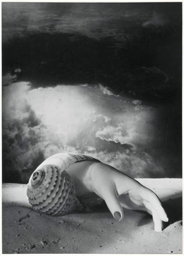
Dora Maar, a French photographer and painter, shattered artistic norms through her surrealist photographs and emotionally charged portraits. Often remembered (and reduced) as Picasso’s muse, Maar’s art deserves recognition in its own right. Her radical and innovative work influenced photographers, surrealists, and Picasso himself.
Maar’s photography was marked by a unique approach that merged reality and imagination. Her captivating images explored the complexities of human experience, capturing raw emotion and exposing the hidden depths of the human psyche. Through her lens, Maar challenged conventional perspectives and pushed the boundaries of artistic expression.
Beyond her role as a muse, Maar was a talented artist in her own right. Her photographs and paintings continue to captivate audiences, provoking thought and inviting viewers to delve into the intricacies of the human condition.
7. Berthe Morisot (1841-1895): Pioneering the Female Gaze in Impressionism
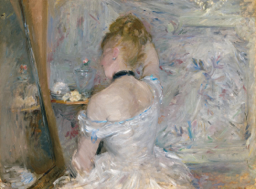
Berthe Morisot, a founding member of the Impressionist movement among artists like Paul Cézanne, Edgar Degas, Claude Monet, Camille Pissarro, Pierre-Auguste Renoir and Alfred Sisley, defied societal expectations and forged her path in the male-dominated art world. Morisot’s delicate brushwork and poignant observations challenge traditional notions of femininity.
As a women at the time, Morisot was unable to go out unchaperoned in public. While many other impressionists were painting scenes in cafés, landscapes, or other public settings, she turned to her own life, showcasing the intimacy and grace of women in domestic settings. Her ethereal and intimate portrayals of women and domestic scenes brought a unique perspective to Impressionism.
Despite the challenges she faced as a woman in the 19th century, Morisot’s talent and determination propelled her to the forefront of the Impressionist movement. Her contributions remain integral to the development of modern art and continue to inspire artists and art lovers alike.
8. Camille Claudel (1864-1943): Sculpting Emotion and the Human Form
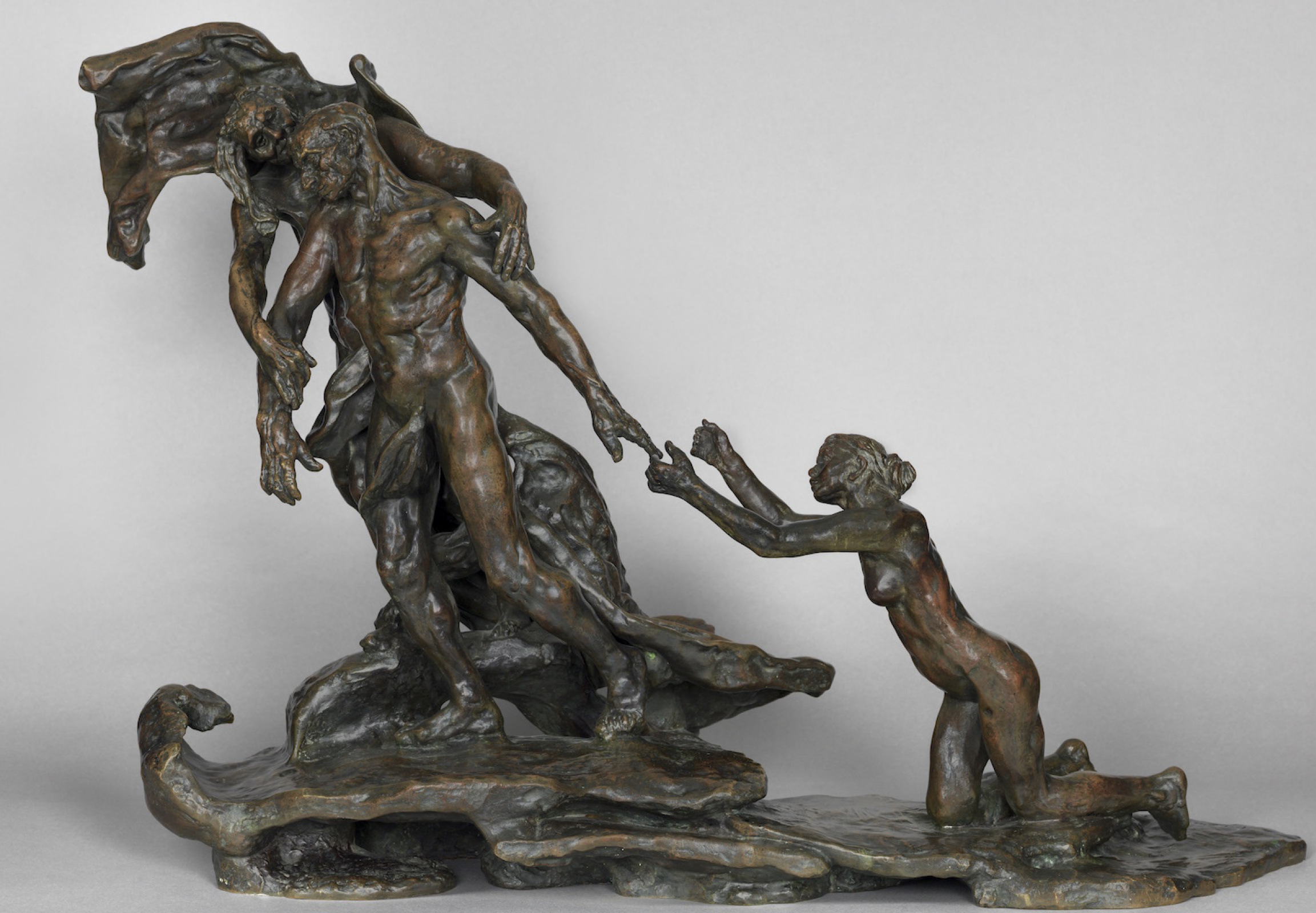
Camille Claudel, an extraordinary sculptor, pushed boundaries with her expressive and emotionally charged sculptures. Her work explores the depths of the human psyche. It was not an easy task for a woman to become an artist in the mid-19th century, and Claudel had to cope with moral prejudice and gender-related restrictions in her artistic training, as well as the prevailing male dominance in the Ministry of Fine Arts and Salon juries.
At the age of 19, Claudel became the assistant of Auguste Rodin. By working as Rodin’s apprentice, she was able to study the nude figure and anatomy, which was an unusual opportunity for a woman in the 19th century. Many of her work stayed uncredited, or was signed by Rodin. Her most famous work The Age of Maturity portrays the love triangle between her, Rodin, and Rodin’s wife Rose Beuret. It is also the a piece of work that ultimately ended her love affair with Rodin.
Today, there is a renewed interest in Claudel’s work. Her ability to evoke emotion through her masterful craftsmanship continues to resonate with audiences, reminding us of the power of artistic expression.
9. Georgia O’Keeffe (1887-1986): Embracing Nature’s Essence with Vibrant Colors
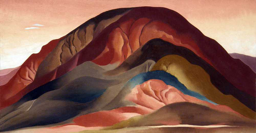
Georgia O’Keeffe, an iconic American modernist painter, captured the essence of nature through her stunning depictions of flowers, animal skulls, and New Mexico landscapes. Her bold use of colour and distinctive style made her one of the most influential artists of the 20th century.
O’Keeffe’s art is characterised by its large-scale compositions and meticulous attention to detail. Her flower paintings, in particular, showcase her ability to reveal the beauty and intricacy of nature in a way that transcends the ordinary. By magnifying and isolating her subjects, she invites viewers to immerse themselves in the intimate world of flora. O’Keeffe’s work, particularly her floral paintings, became overshadowed by their sensationalised misinterpretation as depictions of female genitalia—the result of a marketing campaign by her photographer husband, Alfred Stieglitz and the male critics and essayists he engaged. O’Keeffe fought her whole life to dispel these reductive assumptions, but the conservative male interpretation has proved tenacious.
Throughout her career, O’Keeffe maintained a strong connection with the natural world, drawing inspiration from the landscapes that surrounded her. Her ability to distill the essence of her subjects and present them in a new light revolutionised the art world and solidified her status as a pioneering female artist.
10. Seien Shima (1892-1970): A Visionary in Nihonga Painting
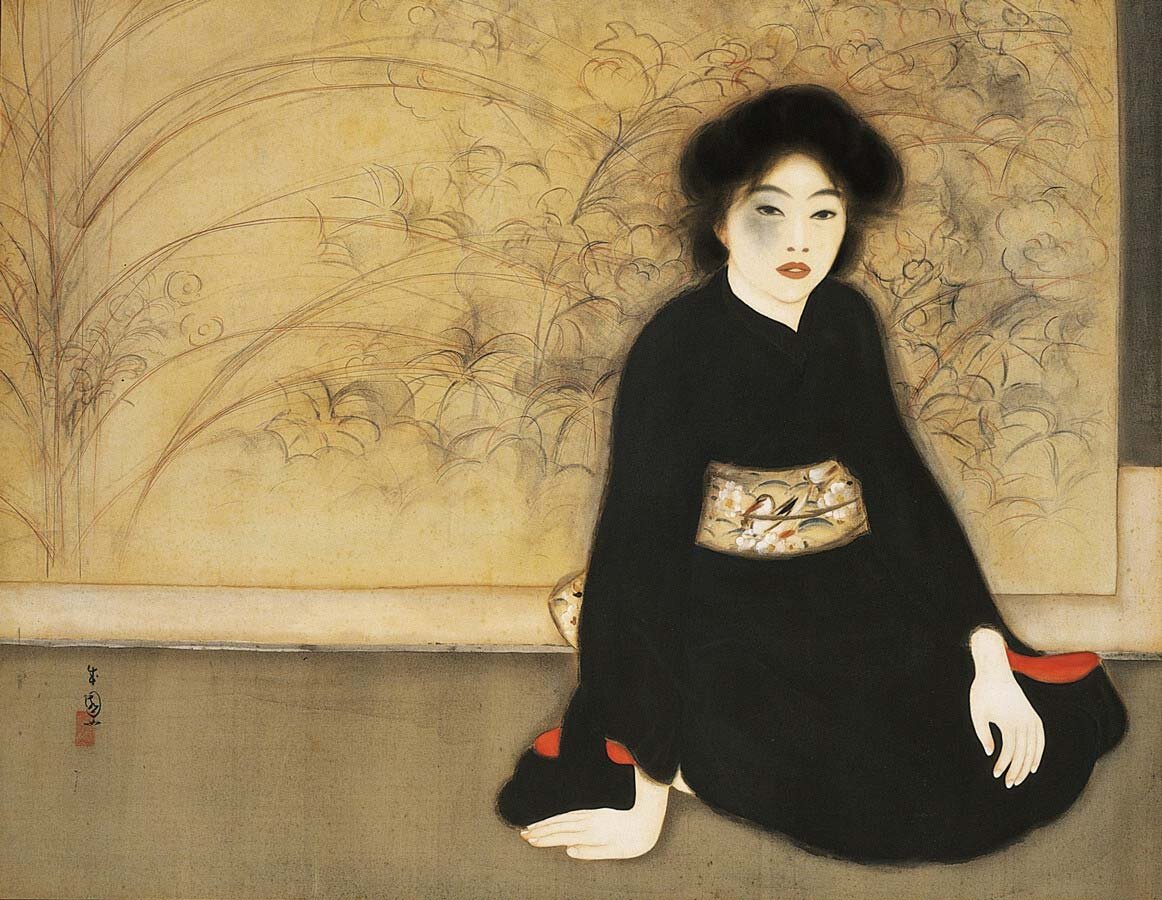
Seien Shima, born in Osaka in 1892, was a self-taught nihonga painter who defied traditional conventions with her unique artistic vision. At a young age, her talent and dedication to her craft garnered recognition, leading to her acceptance into the prestigious Bunten Exhibition at the tender age of 19. In a time when Western oil painting was perceived as masculine, bijinga, the art of depicting beautiful women, provided a space for women artists to flourish. Shima embraced this genre but added her distinctive touch. While self-portraits were uncommon in Japanese painting and bijinga, Shima fearlessly painted her own likeness in her unfinished work known simply as “Untitled” (無題, 1918).
“Untitled” deviates from traditional bijinga in striking ways. The painting’s enigmatic allure lies in a mysterious blue mark that surrounds Shima’s right eye. This departure from conformity and the established principles of beauty is a testament to Shima’s artistic courage and willingness to challenge societal expectations. By infusing her self-portrait with a touch of the surreal, Shima invites viewers into her inner world, where imagination and introspection reign. Through this extraordinary piece, she breaks free from the limitations imposed upon women artists of her time, leaving a lasting impression on the nihonga tradition.
Though Shima’s body of work remains relatively lesser-known, her contributions to the world of nihonga painting are invaluable. Her willingness to explore new realms and challenge conventions serves as an inspiration to future generations of artists, reminding us that true artistic expression knows no bounds.
As we immerse ourselves in the stories and artistic journeys of these ten remarkable but underrated artists, we discover a rich tapestry of talent, resilience, and innovation. From Artemisia Gentileschi’s defiance in Baroque painting to Seien Shima’s groundbreaking exploration of nihonga, each artist on this list defied societal expectations and pushed the boundaries of their respective mediums.
Through Artist/Muse, we strive to celebrate and shed light on the remarkable women and femmes who have shaped art history, either as artists in their own right or as muse and co-creator. Women’s artistic brilliance, often overshadowed or overlooked, deserves recognition and appreciation. The contribution of muses, who inspire and guide and influence the artists but never receive credit, deserves recognition and appreciation. Let us come together to honour their indomitable spirits, rewrite the narrative of art history, and champion the contributions of female artists and co-creators throughout the ages.
Artist/Muse will be playing at The Omnibus Theatre on 16-17, and 19 July. Join us on a transformative journey exploring the evolution and dissolution of the relationship between an artist and his muse in NYC’s fine art world in the early 1990s. Our show asks audiences to consider: when an artist attains critical and commercial success through the product of a creative partnership, whose story gets told? Whose talents are valued? Whose art is it?
www.omnibus-clapham.org/artist-muse
Twitter: @WWWC_uk
IG: @weeklywomenswritingcollective
www.wwwc.uk


